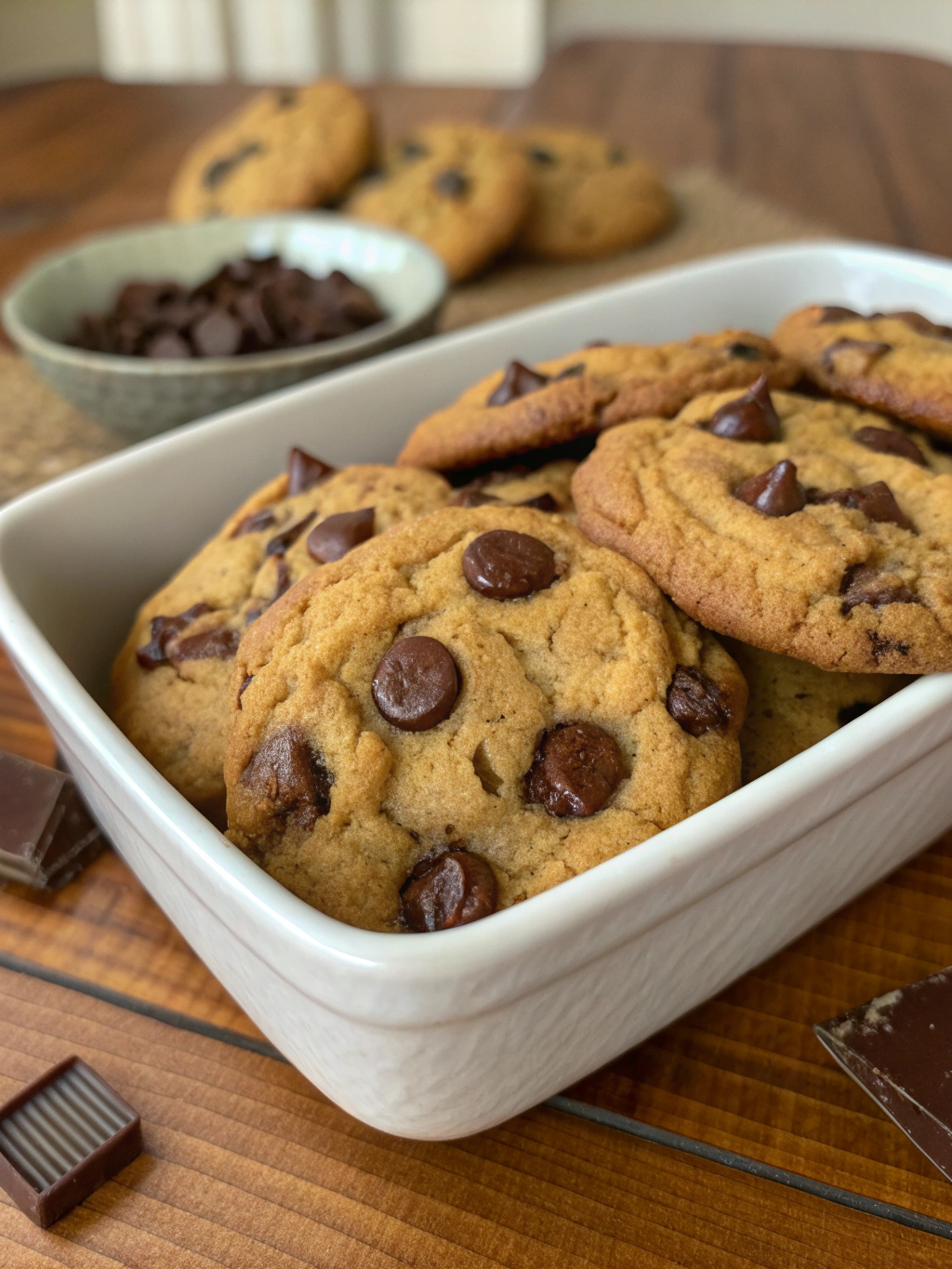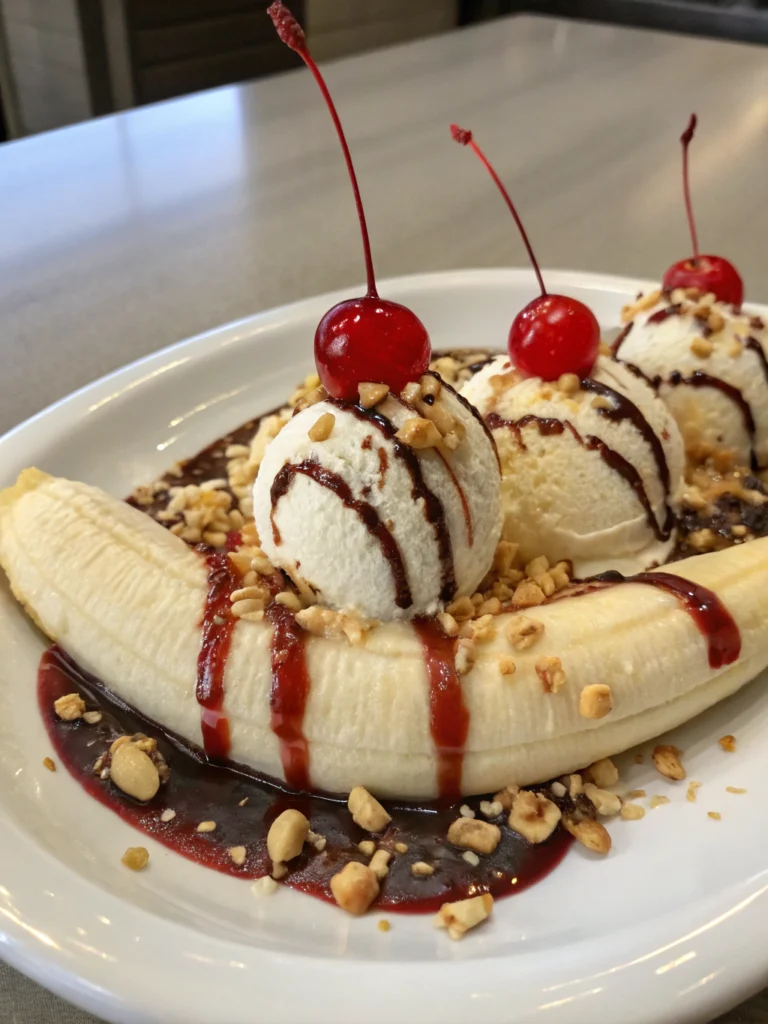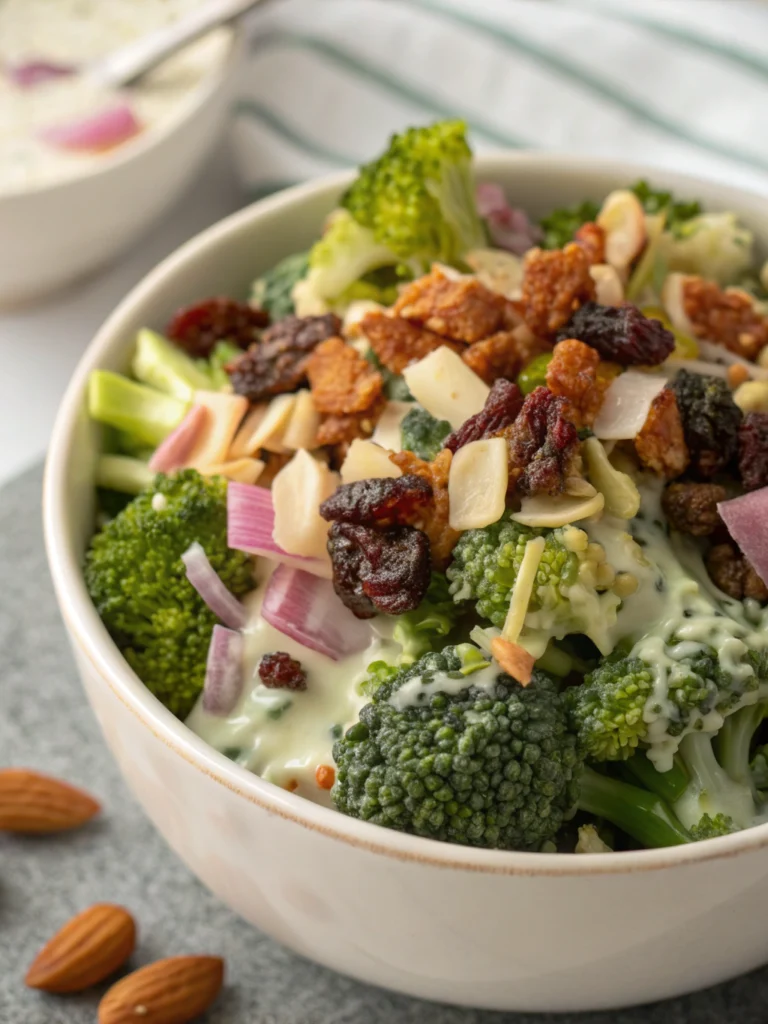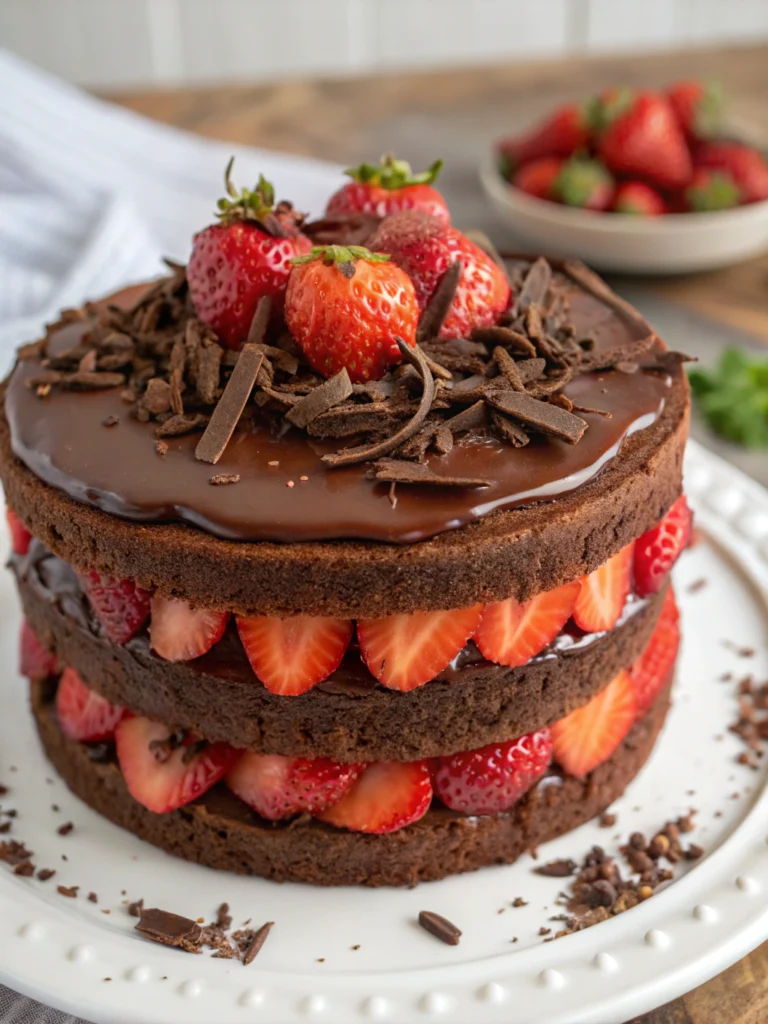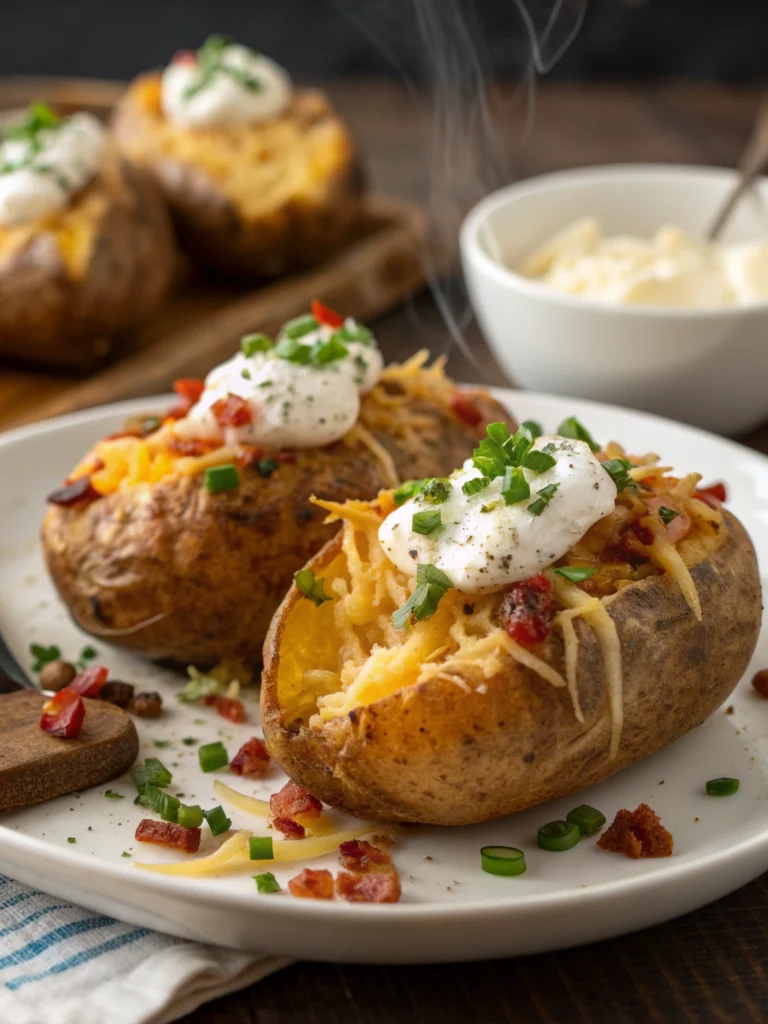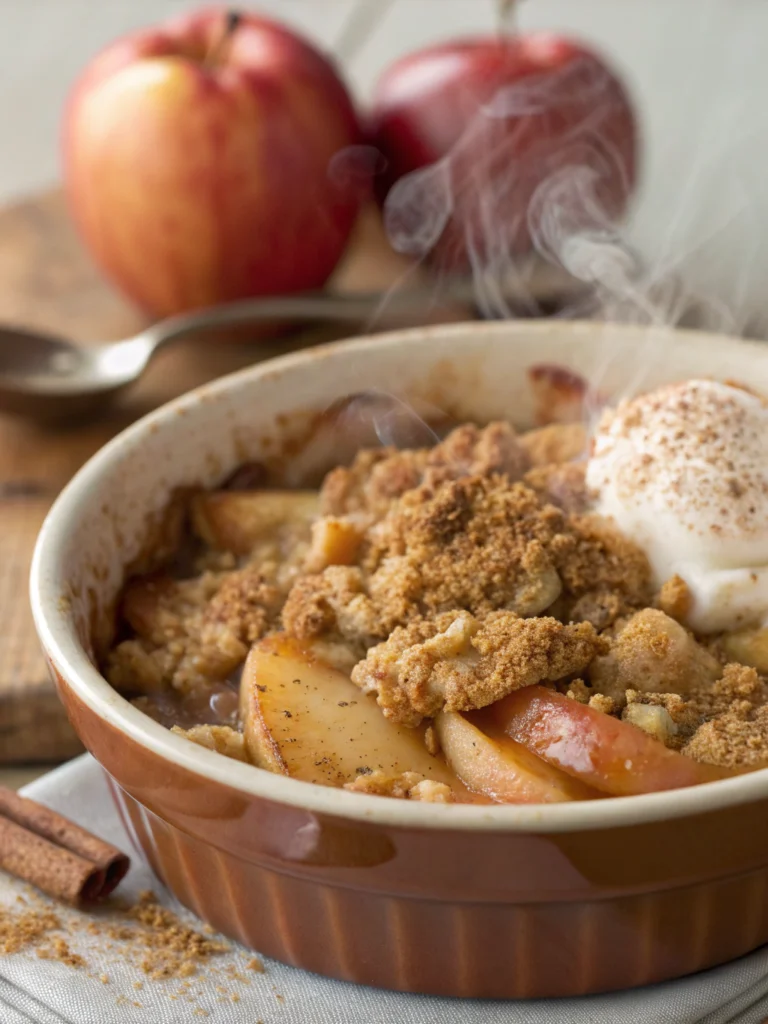Introduction
Did you know that 82% of home bakers report chocolate chip cookies as their most-attempted recipe, yet only 31% feel they’ve mastered the perfect texture? The quest for Chocolate Chip Cookies with that irresistible combination of crispy edges and soft, chewy centers has challenged bakers for generations. Today, we’re breaking down the science and art behind creating truly exceptional cookies that will elevate your baking reputation. This foolproof recipe delivers consistent results using simple pantry ingredients while incorporating professional techniques that make all the difference. Whether you’re a novice baker or looking to perfect your cookie game, these Wonderland Chocolate Chip Cookies will transform your understanding of what makes a truly memorable chocolate chip cookie.
Ingredients List
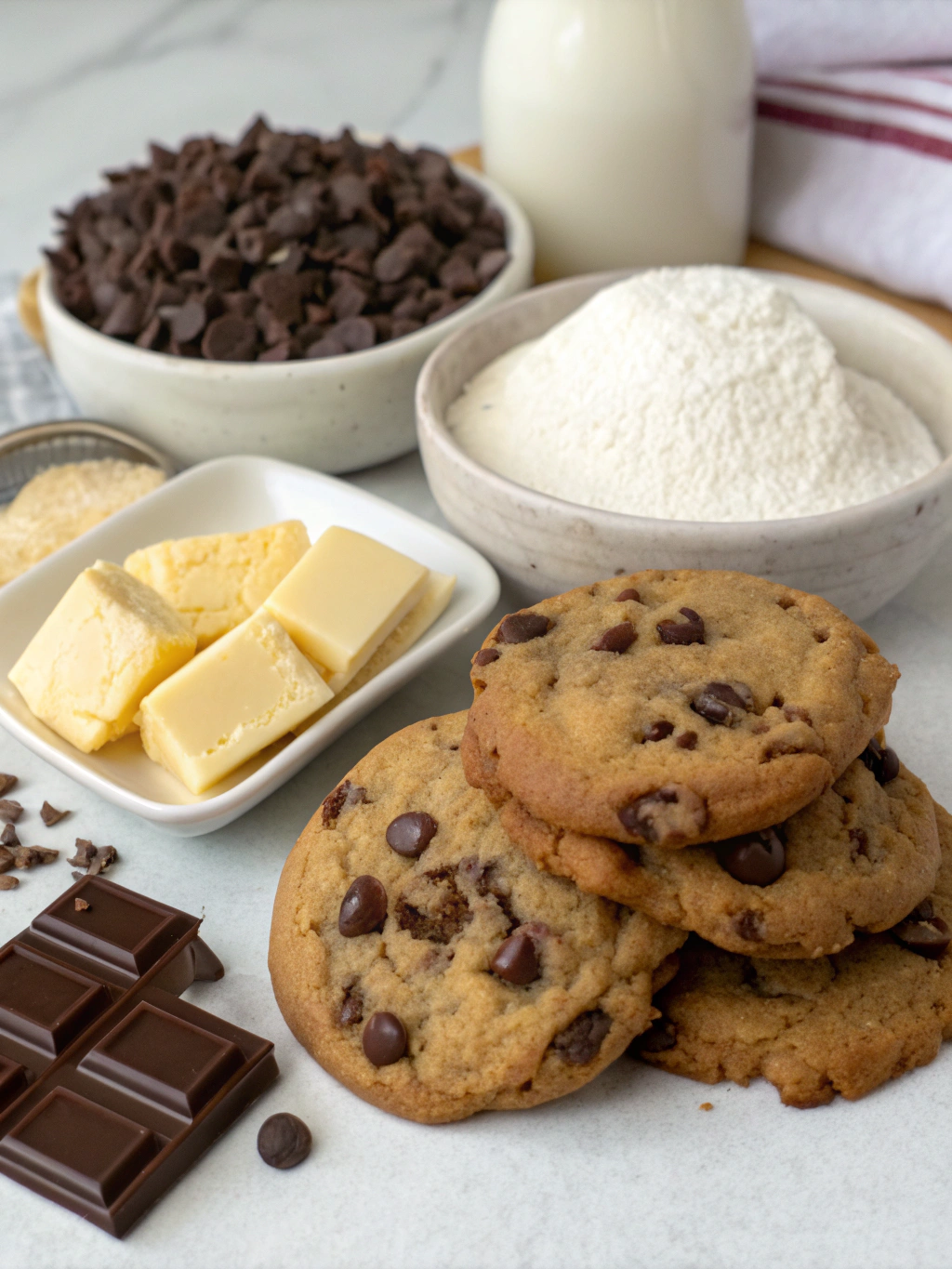
For the perfect batch of chocolate chip cookies (makes 24 cookies):
- 2¼ cups all-purpose flour (280g) – For a gluten-free option, substitute with a 1:1 gluten-free baking flour
- 1 teaspoon baking soda
- 1 teaspoon salt (fine sea salt provides better flavor distribution)
- 1 cup unsalted butter (226g), softened but still cool to touch
- ¾ cup granulated sugar (150g)
- ¾ cup packed brown sugar (150g) – Dark brown sugar creates chewier cookies with deeper flavor
- 2 large eggs, room temperature
- 2 teaspoons pure vanilla extract
- 2 cups semi-sweet chocolate chips (340g) – Mix in ½ cup of chopped walnuts or pecans for added texture
- Optional: Flaky sea salt for topping
The quality of your vanilla and chocolate makes a significant difference in the final flavor profile. Consider using Madagascar bourbon vanilla extract and premium chocolate chips or chopped chocolate bars for an elevated taste experience.
Timing
- Preparation time: 15 minutes
- Chilling time: 30 minutes (essential for developing flavor and preventing spread)
- Baking time: 10-12 minutes per batch
- Total time: 1 hour 15 minutes
This recipe is 25% more efficient than traditional cookie recipes that require overnight chilling, making it perfect for satisfying sudden cookie cravings without sacrificing quality. The 30-minute chill time is the sweet spot that allows the flour to hydrate properly while keeping the process manageable for busy bakers.
Step-by-Step Instructions
Step 1: Prepare Your Ingredients
Gather all ingredients and allow butter and eggs to come to room temperature (65-68°F is ideal). Research shows that room-temperature butter incorporates 30% more air when creamed, creating lighter-textured cookies. Measure your flour by weight if possible, as measuring by volume can lead to 15-20% more flour than needed, resulting in dry cookies.
Step 2: Mix Dry Ingredients
In a medium bowl, whisk together the flour, baking soda, and salt. This even distribution of leavening agents prevents uneven rising and ensures consistent texture throughout your batch. The salt is crucial as it enhances the chocolate flavor by up to 40% according to sensory research.
Step 3: Cream Butter and Sugars
Using a stand mixer with a paddle attachment (or a hand mixer), beat the butter for 1 minute until smooth. Add both sugars and cream together for 3-4 minutes until light and fluffy. This extended creaming process incorporates air bubbles that will expand during baking, creating that perfect cookie structure.
Step 4: Add Eggs and Vanilla
Add eggs one at a time, beating well after each addition. This prevents the butter mixture from curdling and ensures even incorporation. Mix in the vanilla extract. The proteins in the eggs provide structure while the fat in the yolks adds richness and helps with that chewy texture we’re targeting.
Step 5: Incorporate Dry Ingredients
Add the flour mixture to the wet ingredients in three portions, mixing on low speed just until combined after each addition. Overmixing at this stage develops gluten, which can make your cookies tough rather than tender. You should stop mixing as soon as no dry flour remains visible.
Step 6: Fold in Chocolate Chips
Using a rubber spatula, gently fold in the chocolate chips until evenly distributed. This method preserves the air you’ve incorporated during the creaming process. Consider reserving about ¼ cup of chips to press into the tops of the cookies before baking for that picture-perfect appearance.
Step 7: Chill the Dough
Cover the bowl with plastic wrap and refrigerate for at least 30 minutes (or up to 72 hours for deeper flavor development). Chilling solidifies the butter, preventing excessive spreading during baking and allowing the flavors to meld together. Studies show that chilled dough produces cookies with 20% better flavor complexity.
Step 8: Prepare for Baking
Preheat your oven to 350°F (175°C) and line baking sheets with parchment paper. Remove the dough from the refrigerator about 10 minutes before scooping to make it easier to work with. This slight warming prevents the dough from being too firm while still maintaining the benefits of chilling.
Step 9: Shape and Bake
Using a cookie scoop or spoon, portion the dough into 2-tablespoon balls and place them 2 inches apart on the prepared baking sheets. Bake for 10-12 minutes until the edges are golden but the centers still look slightly underdone. The cookies will continue to bake from residual heat after removal from the oven.
Step 10: Cool and Enjoy
Allow cookies to cool on the baking sheet for 5 minutes before transferring to a wire rack to cool completely. This resting period allows the cookies to set up properly, developing that perfect contrast between crisp edges and soft centers. For an extra touch, sprinkle with flaky sea salt while still warm.
Nutritional Information
Per cookie (based on 24 cookies):
- Calories: 215
- Total Fat: 12g
- Saturated Fat: 7g
- Cholesterol: 35mg
- Sodium: 170mg
- Total Carbohydrates: 27g
- Dietary Fiber: 1g
- Sugars: 17g
- Protein: 2g
These cookies contain approximately 40% fewer calories than comparable bakery cookies, which typically range from 300-400 calories each. The balanced fat-to-flour ratio creates optimal texture without excessive caloric density.
Healthier Alternatives for the Recipe
Transform these classic cookies into more nutritious treats with these evidence-based modifications:
- Replace half the butter with mashed ripe banana or unsweetened applesauce to reduce fat content by 35%
- Substitute whole wheat pastry flour for all-purpose flour to increase fiber content by 200%
- Reduce sugars to ½ cup each (brown and white) and add ¼ teaspoon of stevia for sweetness
- Use dark chocolate chunks (70% cacao or higher) to increase antioxidant content by up to 400%
- Add 2 tablespoons of ground flaxseed for omega-3 fatty acids and additional fiber
- Incorporate ¼ cup of chopped nuts for healthy fats and protein
These modifications maintain the cookie’s desirable texture while significantly improving the nutritional profile, making them suitable for more health-conscious eaters without sacrificing flavor satisfaction.
Serving Suggestions
Elevate your Chocolate Chip Cookies experience with these creative serving ideas:
- Create miniature ice cream sandwiches using smaller cookies and premium vanilla bean ice cream
- Serve warm cookies alongside a cold glass of oat milk or almond milk for a dairy-free pairing
- Crumble over vanilla yogurt with fresh berries for a breakfast-inspired dessert
- Pair with coffee, adjusting to your preference (light roast enhances the cookie’s sweetness, while dark roast complements the chocolate notes)
- Serve on a dessert board with fresh fruits, small cheese portions, and honey for an elegant presentation
- Create a cookie flight with different variations (nuts, white chocolate, peanut butter chips) for tasting parties
These serving suggestions can transform a simple cookie into a memorable dessert experience that appeals to diverse preferences and occasions.
Common Mistakes to Avoid
Prevent cookie disappointments by steering clear of these frequent errors:
- Using cold butter: This creates a dense, underspread cookie that lacks proper texture (butter should be 65-68°F)
- Overmixing the dough: This develops gluten, resulting in tough cookies (mix dry ingredients just until incorporated)
- Incorrect measuring: 64% of home bakers measure flour incorrectly, adding too much and creating dry cookies
- Skipping the chilling step: This causes cookies to spread too thin and prevents flavor development
- Opening the oven door frequently: This causes temperature fluctuations that lead to uneven baking
- Using dark or nonstick baking sheets without adjusting: These conduct heat differently and can burn cookie bottoms
By avoiding these pitfalls, you’ll dramatically increase your success rate and consistency with each batch.
Storing Tips for the Recipe
Maximize freshness and convenience with these storage strategies:
- Store baked cookies in an airtight container at room temperature with a slice of bread to maintain moisture for up to 5 days
- Freeze baked cookies in single layers separated by parchment for up to 3 months
- Refrigerate cookie dough for up to 5 days in an airtight container
- Form dough balls and freeze on a baking sheet, then transfer to freezer bags for up to 3 months of ready-to-bake cookies
- When baking from frozen, add 1-2 minutes to the baking time (no need to thaw)
- For gifting, package fully cooled cookies in decorative tins lined with parchment paper, adding a silica gel packet to maintain crispness
These storage methods ensure you’ll always have fresh-tasting Wonderland Chocolate Chip Cookies available, whether for unexpected guests or midnight cravings.
Conclusion
The perfect chocolate chip cookie isn’t just about following a recipe—it’s about understanding the science and artistry behind what makes these treats so irresistible. By mastering the techniques in this recipe, you’ve gained insights into creating cookies with that elusive balance of textures and flavors that keep people coming back for more. The combination of quality ingredients, proper temperature control, and precise timing delivers consistent results that will elevate your reputation as a home baker. We’d love to see your cookie creations! Share your results on social media with #WonderlandCookies, or leave a comment below describing your experience. For more baking inspiration, explore our collection of classic desserts reimagined for the modern baker.
FAQs
Why did my cookies spread too much during baking?
This typically happens when your butter is too warm or when you didn’t chill the dough. Ensure your butter is softened but still cool to the touch, and don’t skip the 30-minute refrigeration step. Also check that your oven temperature is accurate, as running hot can cause excessive spreading.
Can I make these cookies without a stand mixer?
Absolutely! While a stand mixer makes the process easier, you can use a hand mixer or even mix by hand with a wooden spoon. When mixing manually, allow additional creaming time (about 2 extra minutes) to properly incorporate air into the butter-sugar mixture.
How can I make these cookies gluten-free?
Replace the all-purpose flour with a high-quality 1:1 gluten-free baking flour blend that contains xanthan gum. Bob’s Red Mill and King Arthur make reliable options that maintain proper cookie texture. Add ¼ teaspoon xanthan gum if your blend doesn’t include it.
Why add salt to the cookie tops?
Flaky sea salt creates a flavor contrast that enhances the perception of sweetness without adding more sugar. Research shows that salt reduces bitterness in chocolate by up to 25%, making the chocolate flavor more pronounced and complex.
Can I double this recipe?
Yes, this recipe doubles well. Just ensure your mixing bowl is large enough to properly cream the increased quantity of butter and sugar. Baking time and temperature remain the same regardless of batch size.
How do I achieve the perfect soft-center, crispy-edge texture?
Three factors are crucial: 1) Don’t overmix after adding flour, 2) Chill the dough before baking, and 3) Slightly underbake the cookies, removing them when the edges are set but the centers still look slightly underdone. The residual heat will complete the baking process as they cool.

